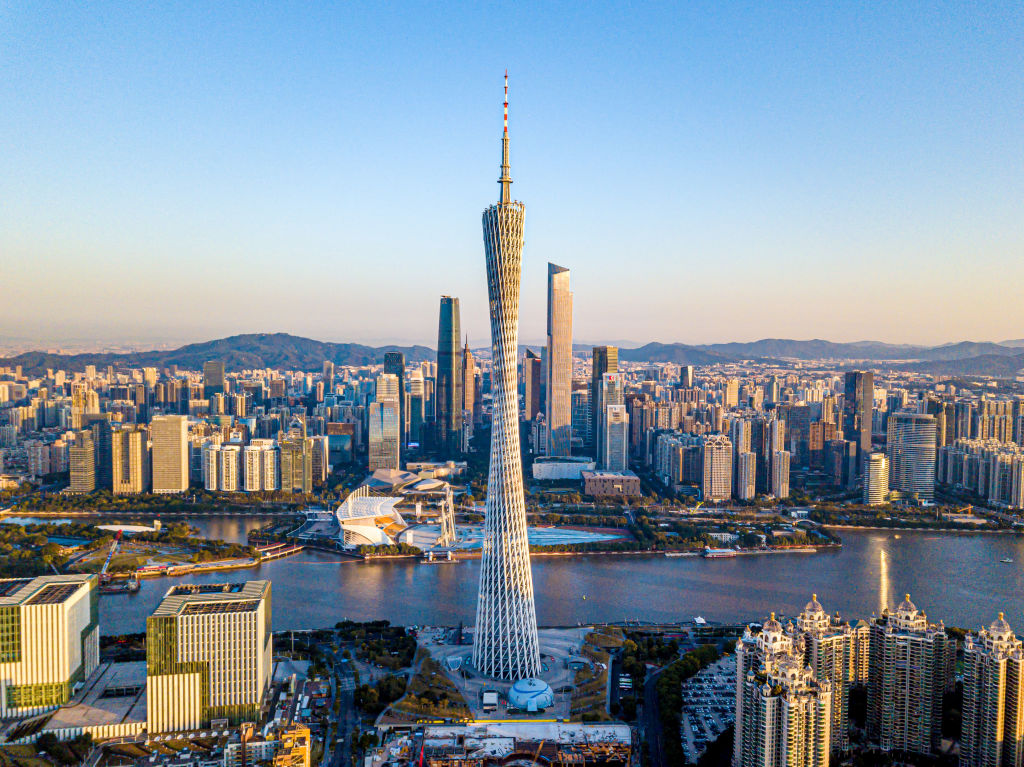
China has reduced air pollution nearly as much in seven years as the US did in three decades, helping to bring down average global smog levels in the process.
The amount of harmful particulates in the air in China fell 40% from 2013 to 2020, according to the University of Chicago’s Energy Policy Institute, which would add about two years to average life expectancy if sustained. While smog in large swathes of the country still significantly exceeds safe levels, its experience shows how quickly progress can be made, researchers including Professor Michael Greenstone said in a report published Tuesday.
About 97% of the world’s population live in areas where air quality is usually worse than World Health Organization guidelines, according to the researchers. Smog reduces global life expectancy more than cigarette smoking, alcohol or poor sanitation, they said.
Read More: China Is Bankrolling Green Energy Projects Around the World
“China’s success in reducing pollution is a strong indication of the opportunities that could lie ahead for other nations if they were to impose strong pollution policies, as some are beginning to do,” they said.
Even in the US and Europe, which have been battling pollution for decades and account for just 4.1% of the global health burden from airborne particulates, more than 90% of people live in areas that don’t meet WHO guidelines, which were tightened last year.

China’s success, led by restrictions on car use and coal burning in major cities, has been rapid, with its 40% decline in seven years nearly equaling a 44% drop in US pollution over 30 years from 1970, after the landmark Clean Air Act was passed, the researchers said by email. Still, Beijing remains three times more polluted than Los Angeles, the smoggiest city in the US, and the national average for air particulates is six times higher than the WHO recommends.
Without China’s declines, the world would have seen average pollution levels increase since 2013 instead of drop, the researchers said. That’s because of worsening air quality in the industrializing countries of South and Southeast Asia and Central Africa. Cambodia and Thailand both saw pollution rise by more than 10% in 2020 even as nearby Singapore and Indonesia saw levels fall. Meanwhile the Democratic Republic of Congo, Rwanda and Burundi are among the most polluted in the world.
Read More: How China Floated to the Top in Solar
Almost half the world’s increase in air pollution came from India in 2020, even after a strict nationwide lockdown was imposed by Prime Minister Narendra Modi in March that year. Concentrations of toxic particles less than 2.5 micrometers in size — or PM 2.5 — rose 2.9%. In Pakistan, they advanced 6.3%, and in Bangladesh — the most polluted nation on Earth with particulate levels 15 times higher than WHO guidelines — the increase was 13%.
“Air pollution really is a stubborn problem that takes decades-long investments to really see true progress,” said Christa Hasenkopf, the study’s co-author and director of Air Quality Programs at the University of Chicago. “The health burden of air pollution on South Asia is just staggering.”
More Must-Reads from TIME
- Cybersecurity Experts Are Sounding the Alarm on DOGE
- Meet the 2025 Women of the Year
- The Harsh Truth About Disability Inclusion
- Why Do More Young Adults Have Cancer?
- Colman Domingo Leads With Radical Love
- How to Get Better at Doing Things Alone
- Michelle Zauner Stares Down the Darkness
Contact us at letters@time.com